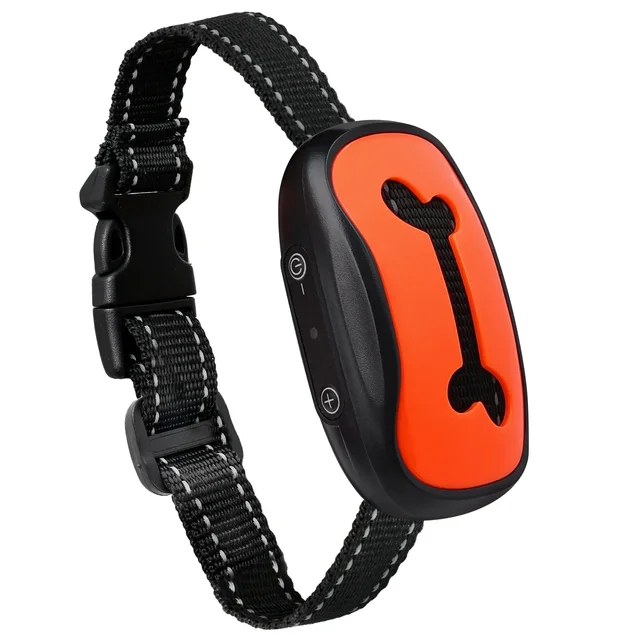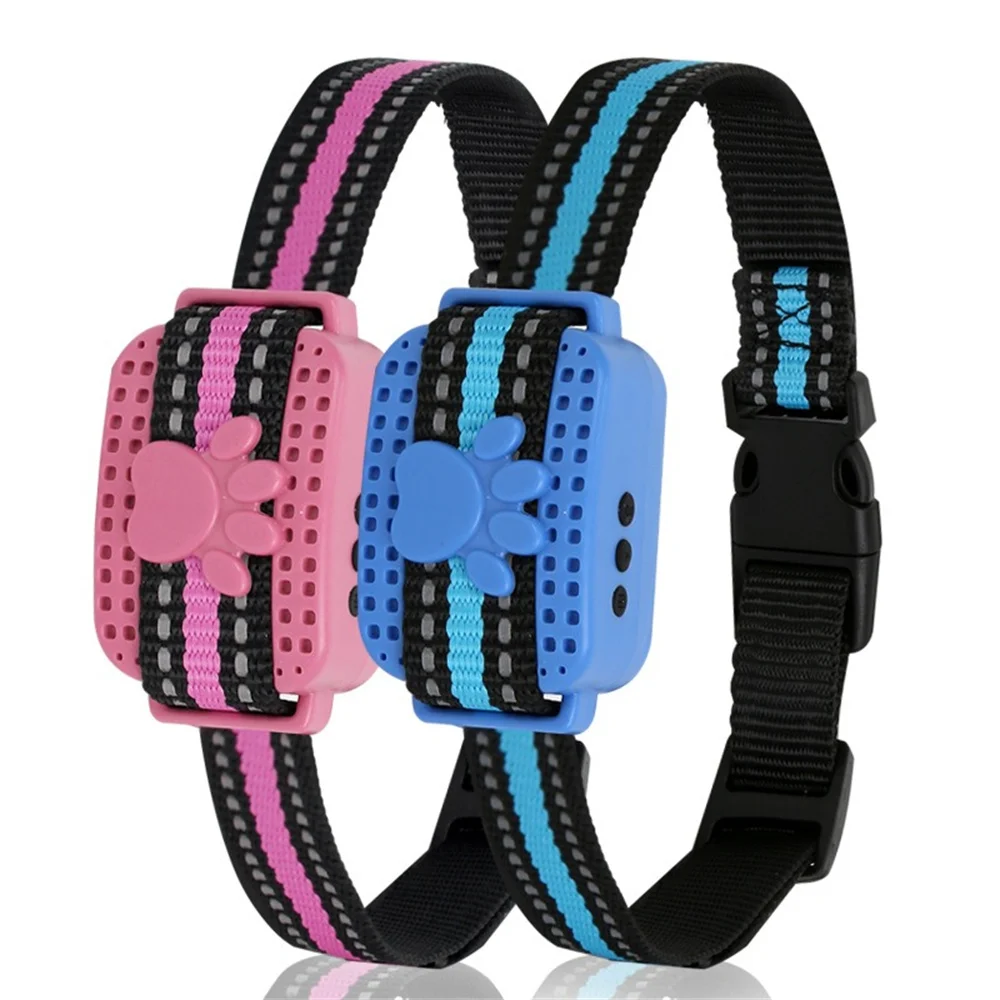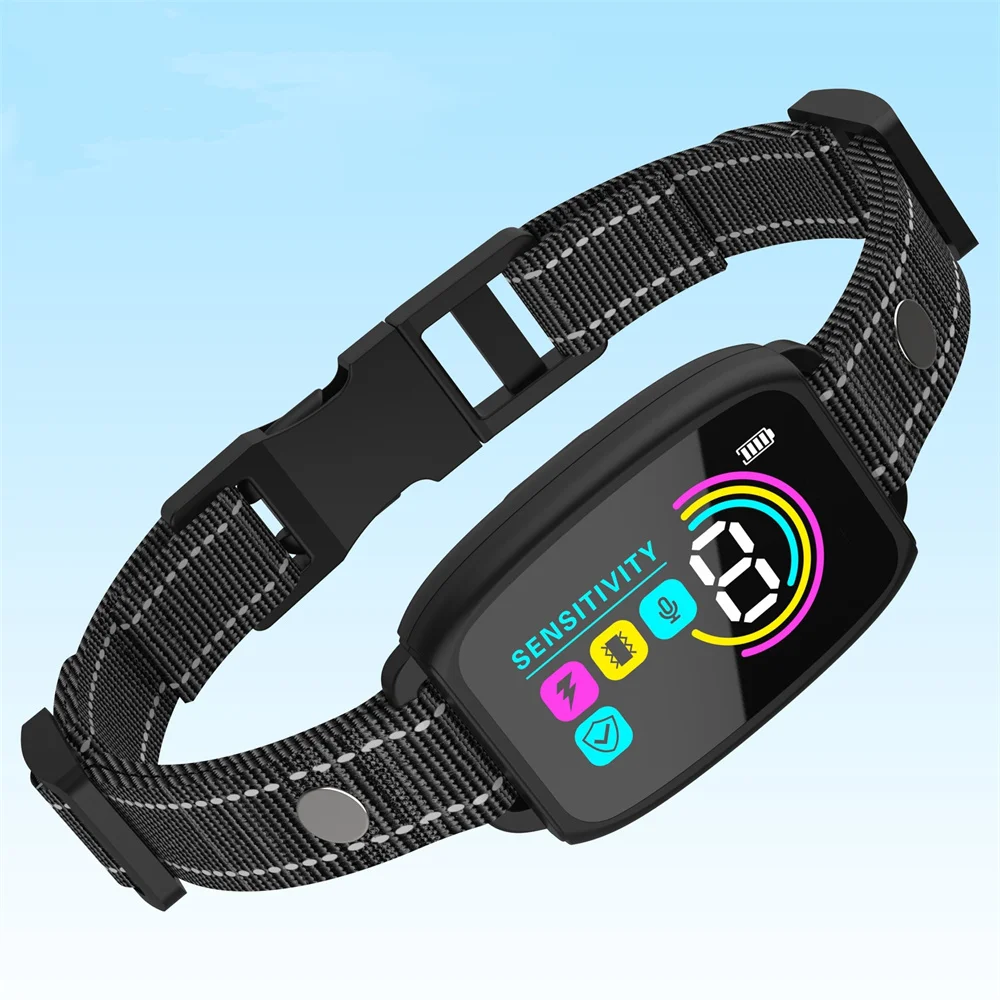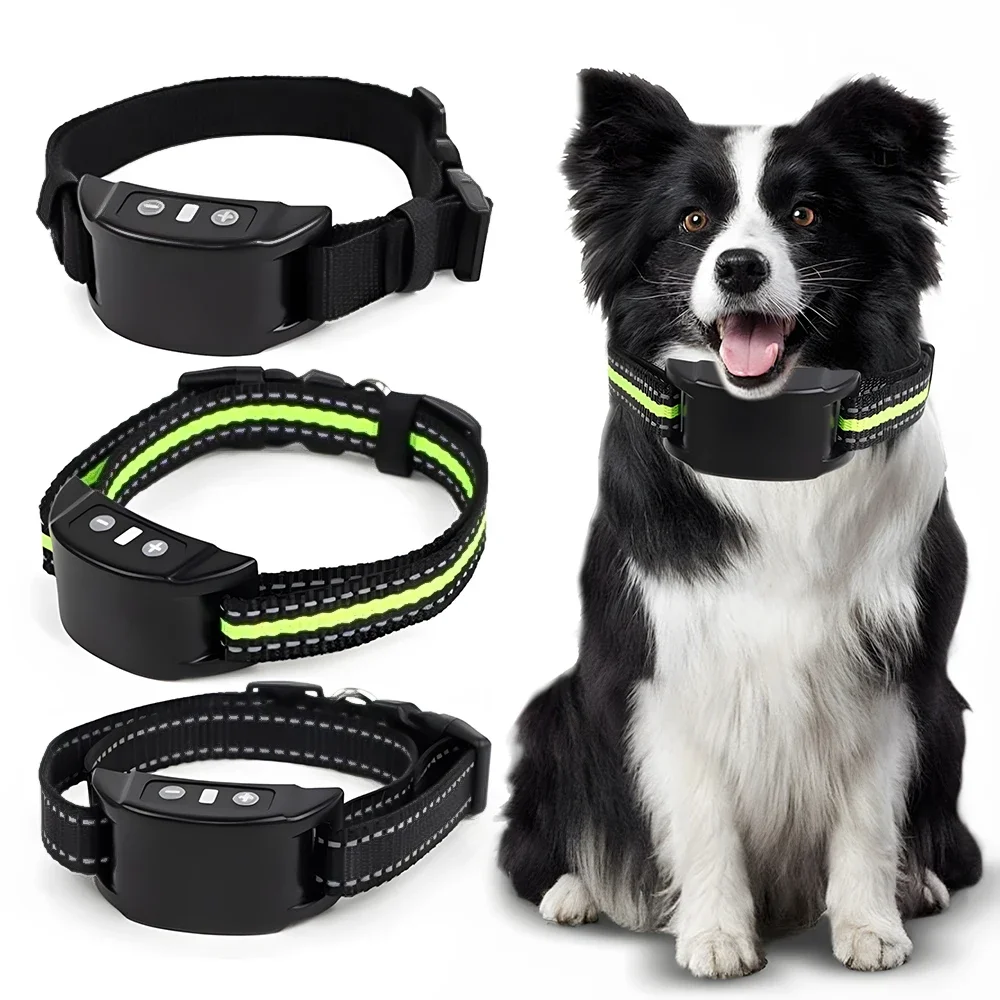Introduction to Shock Collar Training
When it comes to efficient dog training, a shock collar, or e-collar, can be a game-changer. This tool delivers a mild electrical signal to grab your dog’s attention. It helps correct undesired behaviors and reinforces commands. Let’s dive into how to train your dog with a shock collar and explore the advantages they offer to dog owners.

What Is a Shock Collar and How Does It Work?
A shock collar is a device that fits around your dog’s neck. It includes a receiver and a remote control. The trainer uses the remote to send signals to the collar. These signals range from a beep, vibration, to a static shock. The shock feels like a quick tap, to gently get your dog to focus on the trainer’s command.
The Benefits of Using a Shock Collar
Shock collars have come a long way. They now offer benefits that support humane and effective training. Here are some key advantages:
- Instant Correction: They allow for immediate correction of bad behavior, even from a distance.
- Adjustable Intensity: The intensity levels can be adjusted, ensuring the dog’s safety and comfort.
- Versatility: They are effective for teaching a variety of commands and can help with off-leash training.
- Selective Behavior Targeting: Helps in targeting specific unwanted behaviors without needing constant supervision.
Preparing for Training
Before leaping into shock collar training, there are crucial steps you need to take. These ensure the training is effective, safe, and suitable for your dog. Proper preparation sets the stage for successful learning and behavior modification.
Ensuring the Right Age and Obedience Level for Shock Collar Training
Age and basic obedience are key factors when starting shock collar training. Usually, dogs over 6 months are suitable candidates. They’re likely to have a grasp on basic commands like ‘sit’, ‘come’, and ‘heel’. Training collars are not ideal for younger puppies as they can get confused easily. Before introducing a collar, your dog should respond consistently to basic commands.
Selecting the Appropriate Shock Collar for Your Dog
Choosing the right shock collar is vital. You’ll want a collar that fits your dog’s size, breed, and sensitivity. The collar should have adjustable settings for sound, vibration, and shock. This helps customize training and keeps your dog comfortable. Also, consider features like range, battery life, and water resistance. These can make training more flexible and convenient. Shop around and read reviews to find the best fit for your furry friend.
Proper Fitting and Introduction
Proper fitting and introductions are crucial for shock collar training. Ensuring your dog is comfortable with the collar promotes a positive training experience.
How to Correctly Fit a Shock Collar on Your Dog
To fit a shock collar, follow these steps:
- Turn off the collar before placing it on your dog.
- Position the collar on your dog’s neck, high by the ears and not on the throat.
- Adjust the fit so you can slip one or two fingers between the collar and your dog’s neck.
- Keep it snug enough to ensure contact points touch the skin but not too tight.
- Check the fit periodically to prevent discomfort or skin irritation.
- Let your dog wear the collar without activation for a few days to adjust.
Introducing Your Dog to the Shock Collar
Introduce the shock collar with these guidelines:
- Start by letting your dog wear the collar without using it.
- Associate the collar with positive experiences like playtime or treats.
- Only activate the collar once your dog seems comfortable wearing it.
- Use the lowest setting and observe your dog’s response.
- Pair collar signals with verbal commands and rewards.
This approach helps your dog adjust without fear or distress.
Training Basics with a Shock Collar
Finding the Right Collar Settings for Effective Training
When you start training your dog with a shock collar, finding the right setting is key. Begin with the lowest setting to see how your dog reacts. The right level will get your dog’s attention without causing stress or discomfort. Watch your dog for signs they notice the collar, like looking around or flicking their ears. Gradually increase the intensity if there’s no reaction. Remember, safety and comfort are top priorities.

Incorporating Consistent Commands and Rewards
Use clear and consistent commands your dog already knows. Pair each command with the shock collar’s signal. Follow up with treats and praise for correct responses. Consistency helps your dog learn quicker. A rewards-based approach ensures training remains a positive experience. Keep sessions short and upbeat.
Teaching Basic Commands: Sit, Stay, Come, Heel
Shock collars can help reinforce basic commands. Use verbal cues along with the collar’s signal to teach ‘sit’, ‘stay’, ‘come’, and ‘heel’. Reward your dog after they follow a command correctly. Practice one command at a time. This helps your dog focus and master each command thoroughly before moving on to the next one.
Advanced Training Techniques
When used skillfully, shock collars can elevate dog training to new heights. These techniques focus on off-leash control and safe recall, foundational for advanced training.
Using Shock Collar for Off-Leash Training
For off-leash training, shock collars are invaluable. They enable communication with your dog from afar. Start by ensuring your dog responds to basic commands. Gradually introduce the shock collar into training sessions. Use it to get your dog’s attention. Always use the lowest effective settings. Pair every shock collar signal with a known command. Reward your dog for following through. With time, your dog will learn to respond even without a leash.
Mastering Recall with Shock Collar Assistance
Recall is a crucial command, especially off-leash. Start in a safe, enclosed area. Use a long line initially. Put the shock collar on your dog and choose a low setting. Call your dog using the recall command. If they don’t come, use the collar to prompt them. Immediately reward them when they do come. Practice consistently. Over time, your dog should come to you even without collar cues. Remember, the goal is to use the collar as little as necessary. Keep training sessions brief and always end on a positive note.
Understanding E-Collar Limitations and Alternatives
Shock collars, or e-collars, are powerful training tools. Yet, they are not magic solutions for all issues. Recognizing when not to use them is key to ethical and effective training.
When Not to Use Shock Collars in Training
There are situations where shock collars should not be the first choice:
- For young puppies: As mentioned, dogs less than 6 months may find e-collars confusing.
- If your dog has not mastered basic commands: E-collars work best when a dog already knows commands like ‘sit’ and ‘come’.
- For aggressive behaviors: Professional help is better for these issues, not e-collars.
- If the dog shows fear or anxiety: E-collars might increase stress in these dogs.
Exploring Alternatives: E-Fences and Bark Collars
When e-collars don’t fit the training needs, alternatives come into play:
- E-Fences: These create invisible boundaries. They work well to keep your dog within a set area.
- Bark Collars: These target excessive barking specifically and can adjust automatically.
Always choose the right tool for your dog’s needs and behaviors. Different collars suit different training goals. What works well for one issue might not be right for another. Remember to put your dog’s well-being first. Training should be safe and positive for them.
Tips for Safe and Ethical Training
To ensure your shock collar training is both safe and ethical, it’s important to know when and how to use the device. The stimulation from the collar is meant to get your dog’s attention, not to punish. Start with the lowest setting and only increase if your dog does not seem to notice. Use it as part of a training routine that includes treats, praise, and affection.
Knowing When and How to Use Stimulation
Stimulation should be used to correct or redirect behavior right when it happens. This helps your dog connect the action with your command. If your dog doesn’t respond to a command they know, that’s when you use the collar. Always watch your dog and make sure they are not stressed or scared.

Avoiding Overuse and Ensuring Positive Reinforcement
It’s key not to rely solely on the shock collar. Combine collar use with rewards like treats and praise. Overusing the collar can cause stress and harm your bond with your dog. Always end training sessions on a good note, when your dog has done something well.
Conclusion
As we wrap up our journey through shock collar training for dogs, the importance of thorough research cannot be overstated. It’s essential to understand the intricacies of these devices.
Doing Your Research and Considering Professional Training Support
Before embarking on training with a shock collar, invest time in learning. Gather information from trusted sources, like expert trainers and veterinarians. Study the manufacturer’s guidelines for your specific collar model to ensure you’re using it correctly.
Be alert to your dog’s reactions during training sessions. Look for signs of stress or discomfort and adjust your approach accordingly. Pay attention to your dog’s behavior. Ensure they understand commands without fear.
Consider professional training support, especially when starting out. An experienced trainer can offer valuable insights. They can provide personalized guidance tailored to your dog’s needs.
Using a shock collar responsibly is key to successful training. It should be part of a broader strategy that includes positive reinforcement. Combine treats, praise, and affection to foster a loving bond with your pet.
Remember, each dog is unique. What works for one may not work for another. Stay patient and flexible in your training approach. Above all, prioritize your dog’s well-being and your relationship with them.
